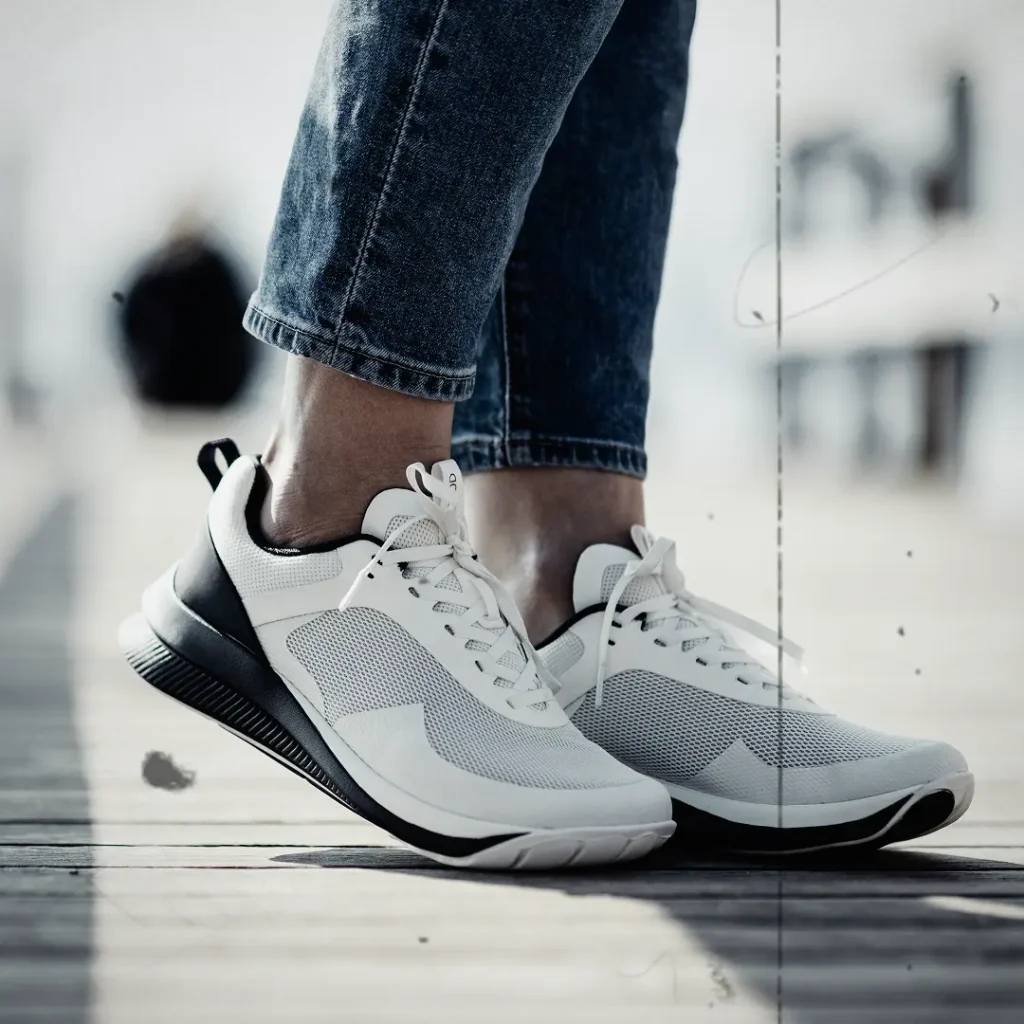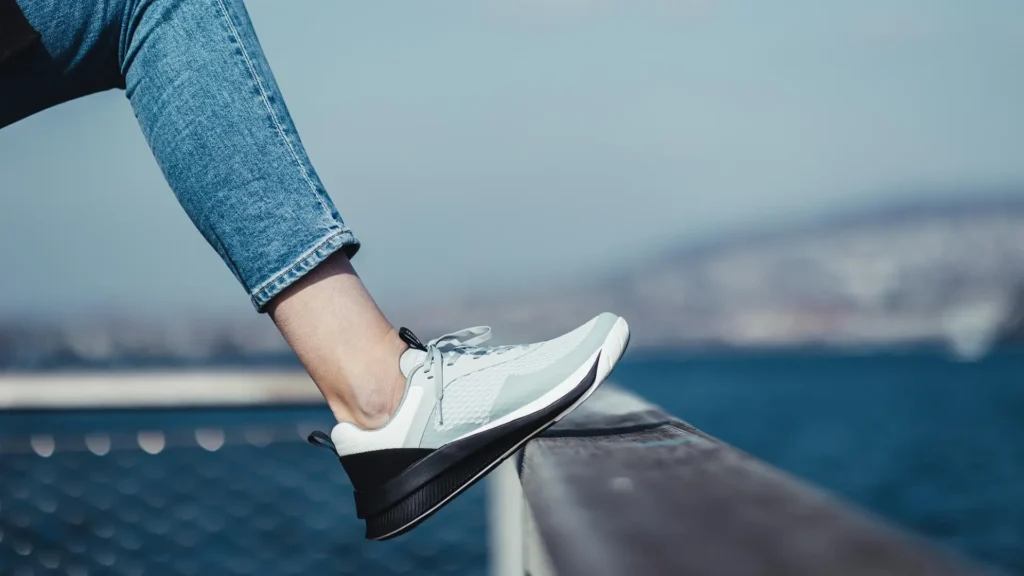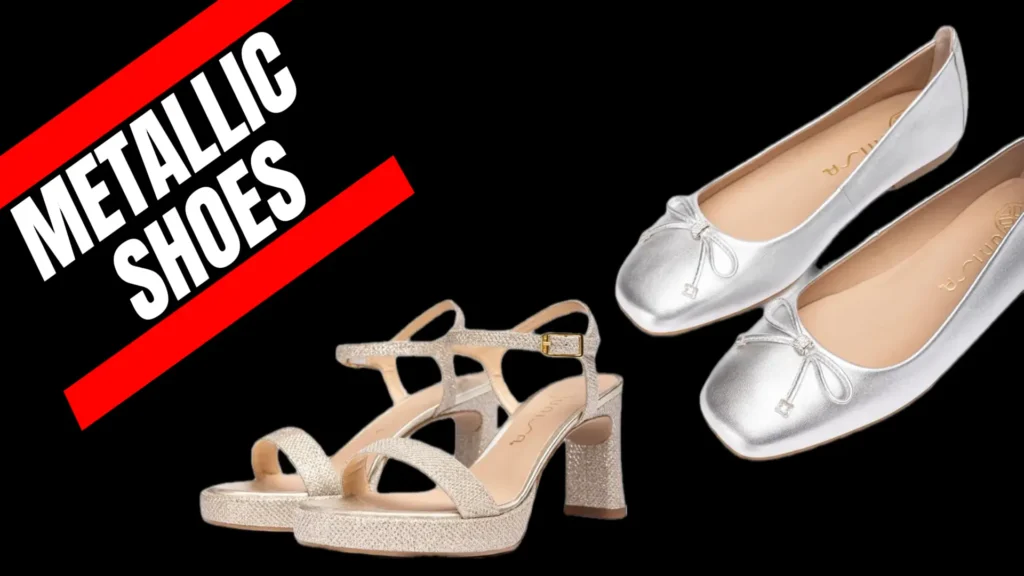Sneakers have undergone a remarkable transformation. It has evolved from athletic footwear to a cornerstone of global fashion.
This journey reflects technological breakthroughs, shifting social dynamics, and the fusion of sports, music, and style.
The 19th-Century Foundations
The sneaker’s origins lie in the Industrial Revolution. Rubber production revolutionized footwear. In 1844, Charles Goodyear patented vulcanization, a process that combined rubber with sulfur under heat to create a flexible material (U.S. Patent No. 3633).
This innovation enabled the creation of rubber-soled shoes, earning them the moniker SNEAKER.
By the 1860s, British manufacturers produced plimsolls. The name resemblance to the Plimsoll line on ships, which marked safe water levels.
These canvas shoes with rubber soles were designed for leisure activities. They were popular for tennis and croquet. It reflects the Victorian era’s growing emphasis on physical fitness.
Historian Patricia Campbell Warner notes in When the Girls Came Out to Play (2006) that plimsolls catered to a middle class embracing sports as a social pastime.
In the U.S., the U.S. Rubber Company launched Keds in 1916. They branded them as the original sneaker. With a minimalist design and affordable price Keds targeted a broad audience, from schoolchildren to casual athletes.
A year later, Converse debuted the All Star in 1917, a high-top basketball shoe with a rubber toe cap and canvas upper. In 1921, basketball player Chuck Taylor joined Converse, suggesting design tweaks like improved ankle support.
By 1932, his name adorned the ankle patch, and the “Chuck Taylor All Star” became a sports icon. It was sold over 600 million pairs (Converse, 2017, 100 Years of Converse).
These early sneakers were functional. They were driven by utility rather than aesthetics. Yet, their lightweight comfort hinted at a versatility that would soon transcend the gymnasium.
Sneakers Gain Cultural Traction in the Mid-20th Century

The post-World War II era set the stage for sneakers to move beyond sports.
In 1949, German shoemaker Adolf Adi Dassler founded Adidas after a feud with his brother Rudolf, who started Puma. Their rivalry fueled innovation. Adidas introduced Samba in 1950, a soccer shoe with a grippy sole, while Puma’s early spikes gained fame after Jesse Owens wore Dassler-made shoes to win four gold medals at the 1936 Berlin Olympics.
By 1954, Adidas equipped the German soccer team to a World Cup victory, cementing its athletic credibility.
In the U.S., sneakers entered popular culture through Hollywood. James Dean’s role in Rebel Without a Cause (1955) showcased white Jack Purcell sneakers. It was originally designed in 1935 by the Canadian badminton champion.
James Dean paired sneakers with jeans and a leather jacket. This look, as Rob Haskell argues in Sneakers: Fashion, Gender, and Subculture (2018), tied sneakers to a rebellious, anti-establishment ethos, appealing to the emerging teenage demographic.
The 1960s and ’70s saw sneakers adapt to new fitness trends. The running boom, sparked by the 1972 Munich Olympics and Frank Shorter’s marathon win, increased demand for specialized shoes.
Nike, founded in 1964 as Blue Ribbon Sports by Phil Knight and coach Bill Bowerman, rose to meet it. Bowerman’s 1971 Waffle Trainer, with a sole molded in his wife’s waffle iron, offered superior traction and launched Nike’s ascent.
By 1979, Nike held 50% of the U.S. running shoe market, generating $149 million in sales (Strasser & Becklund, 1991, Swoosh). This era marked sneakers’ shift from niche athletic gear to mainstream footwear.
Sneakers Became Cultural Icons in The 1980s
The 1980s were a pivotal decade. This era was propelled by basketball, and hip-hop. Nike’s Air Jordan 1, released in 1985 for Michael Jordan, redefined sneaker culture.
NBA banned its black-and-red colorway for violating uniform rules. They fined Jordan $5,000 per game. Nike paid the fines and spun the controversy into a campaign—“Banned by the NBA”—selling $126 million worth in the first year.
This phenomenon was named The Jordan Effect.
Hip-hop further elevated sneakers’ status. Run-DMC’s 1986 track My Adidas celebrated the Adidas Superstar, a 1969 basketball shoe with a rubber shell toe.
After fans waved Superstars at a Madison Square Garden concert, Adidas signed the group to a $1.6 million deal.
It was the first non-athlete endorsement in sneaker history. Their unlaced, tongue-out style became a streetwear signature. This linked sneakers to urban identity and Black culture.
The American Footwear Association reported U.S. sneaker sales reaching $5 billion by 1987, a fivefold increase from a decade earlier. Sneakers blended sports stardom with subcultural swagger. They were no longer just shoes—they were a lifestyle.
Streetwear and Global Expansion in The 1990s and 2000s
The 1990s saw sneakers cement their place in fashion. Nike’s Air Max 95 debuted in 1995 with its visible air cushioning. Adidas’ launched Stan Smith—originally a 1971 tennis shoe renamed for the American player.
Skate culture boosted brands like Vans, founded in 1966, and DC Shoes, launched in 1994, with durable designs for ollies and grinds.
Streetwear emerged as a distinct genre. It fused hip-hop, punk, and skate influences. In Japan, Nigo’s A Bathing Ape (BAPE), founded in 1993, paired bold sneakers with camo prints.
London’s underground and New York’s hip-hop communities followed suit. These influences turned sneakers into a global uniform.
Reebok’s 1989 Pump technology, with inflatable chambers for a custom fit, appealed to athletes and fashion-forward teens.
The 2000s brought digital amplification.
NikeTalk (launched 1999) and eBay fostered a resale market. Kanye West’s 2009 Air Yeezy with Nike, followed by his 2015 Adidas Yeezy Boost, bridged sneakers with luxury fashion. Yeezy Boost 350 V2, released in 2016, saw resale values soar to $1,437 in a month.
A Cultural and Commercial Powerhouse in 2025 and Beyond

Sneakers dominate fashion, culture, and commerce. Nike’s 2017 The Ten with Virgil Abloh’s Off-White reimagined Air Jordan 1.
Adidas x Travis Scott drops, like the 2023 Cactus Jack Gazelle, sell out in minutes, while retro revivals (New Balance 550) and chunky designs (Balenciaga Triple S) reflect diverse tastes.
The industry increasingly prioritizes sustainability. Adidas’ Parley partnership, launched in 2015, has produced 50 million pairs using recycled ocean plastic by 2024. Nike’s Move to Zero targets zero carbon and waste. This includes 2024 Space Hippie line, made from 50% recycled materials.
From vulcanized rubber to high-tech soles, sneakers have mirrored societal change. Historical records trace their rise. Over 150 years, they’ve stepped from utility to artistry—and their journey is far from over.




